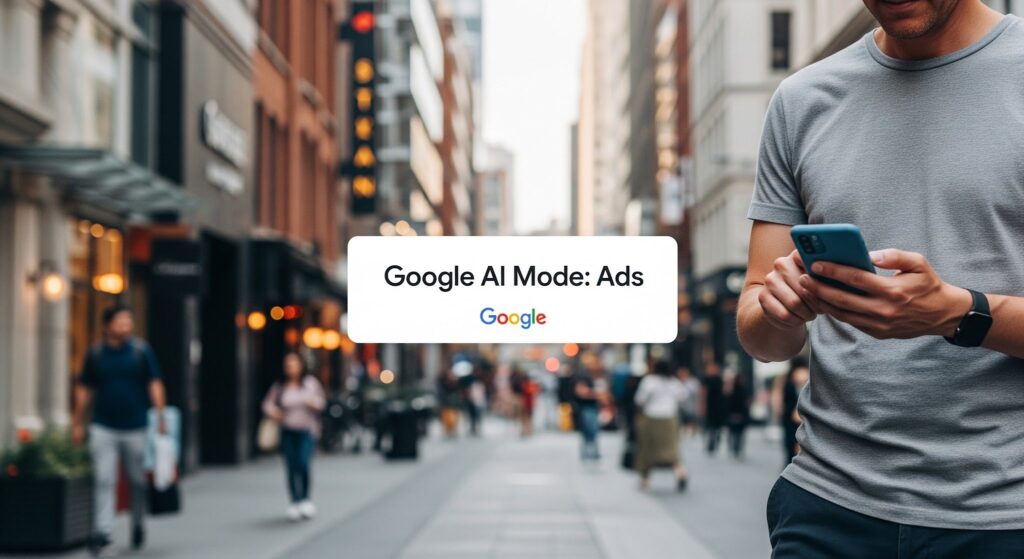Meta’s updated consent or pay model: what brands need to know

Charlotte Wright
Charlotte is Open Partners' Managing Partner - Creative & Social, bringing 17 years' experience in leading creative, social media, organic, and product strategies for clients.
The operational framework for advertising on Meta platforms in the UK is entering a new, consent-driven phase. In direct response to guidance from the UK’s Information Commissioner’s Office (ICO), Meta is rolling out a more accessible ad-free subscription option for UK users, who can continue to use Facebook and Instagram for free with personalised ads, or pay a monthly fee of £2.99 (web) or £3.99 (iOS/Android) for an uninterrupted, ad-free experience.
This move marks Meta’s definitive shift away from integrating ad consent within standard terms and conditions to a more transparent and accessible “consent-or-pay” model. While this is primarily a regulatory step, it carries some implications for brands relying on Meta’s ad ecosystem.
What’s changing: A more accessible ad-free experience
The core change is that Meta’s has made the ad-free experience more accessible, having reduced their original pricing of €9.99 – €12.99 per month. Users will sit within the two categories:
The ad-supported majority: Users who opt to continue using Facebook and Instagram for free. This is the audience that will remain fully addressable through Meta’s powerful personalised advertising tools, which remains the platform’s core monetisation engine.
The ad-free minority: Users who subscribe. These accounts will no longer be served personalised ads, and their personal data will not be used for advertising purposes.
Anticipated impact on advertisers
While the new subscription is notably more accessible than the previous European pricing, market and industry trends confirm that the foundation of Meta’s business remains robustly ad-supported, with minimal impact on advertising outcomes. Here’s why:
The appeal of free vs paid app usage: Despite the new, lower entry point, the vast majority of users are still expected to choose the free, ad-supported experience. Data from industry peers supports this: YouTube Premium, for instance, has successfully grown but its ad-free user base represents only a small segment of its total 2.5 billion global audience. Similarly, TikTok’s ad-free tests demonstrated users’ overwhelming preference for free access.
Minimal impact for advertisers: Meta itself anticipates that this shift is unlikely to significantly impact advertisers at scale. The primary addressable audience – the users who generate the platform’s utility and value for brands – will continue to be reached through personalised advertising.
Still, preparedness is key
While the signals point to this update having minimal impact, it is still important that brands are mindful of how Meta’s consent changes may affect campaign performance, adjusting their approach accordingly.
Considerations include:
Audience shifts: A minority opting for ad-free may reduce addressable audiences. It is therefore important for brands to monitor things like adoption rates to understand if ad-free tiers affect campaign reach and that campaigns are optimised within Meta’s ad-supported ecosystem, where the vast majority of users will remain.
Creator implications: Some creators may lose monetisation tools if they subscribe, which will inherently affect campaign performance when working with these creators. Brands must ensure creators are well-vetted when planning partnerships.
Preparing for further disruption: This reflects a wider trend of platforms balancing regulation, revenue, and user choice. Brands must prioritise digital resilience and proactive intelligence efforts, with scenario planning around how wider rollouts across markets may evolve.
Staying resilient in a fluid advertising landscape
Meta’s consent or pay model is just one of many recent media platform updates that brands must navigate to ensure best practice while retaining their competitive advantage.
For us, this dual focus is instructive – Meta is balancing regulatory requirements with long-term product health. This reaffirms our strategic approach as an agency, which is to focus on optimising campaigns within the ad-supported environment while continually adapting to the platform’s evolution toward more personalised, valuable user interactions.
Brands who do this will be well-positioned to benefit from both the stability of the ad model and the enhancement of the core user experience.
For our clients, it is business as usual, backed by the assurance that their campaigns are future-proofed against the ever-evolving landscape of digital regulation.




